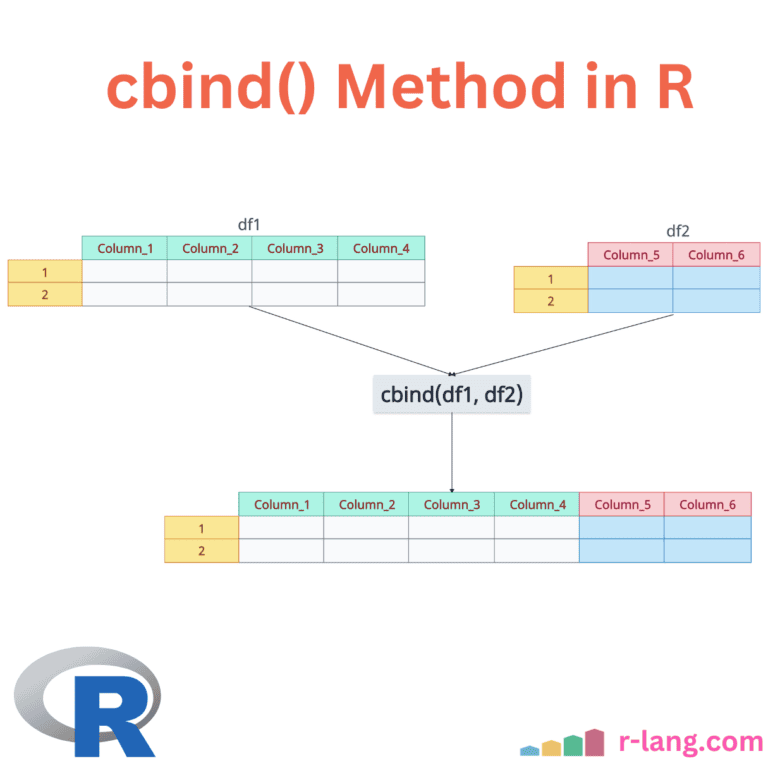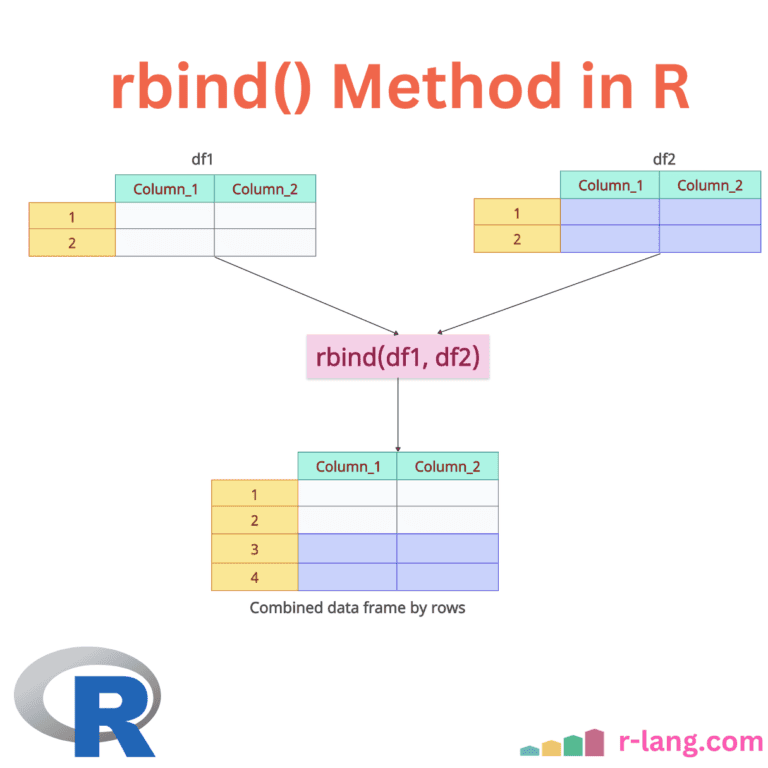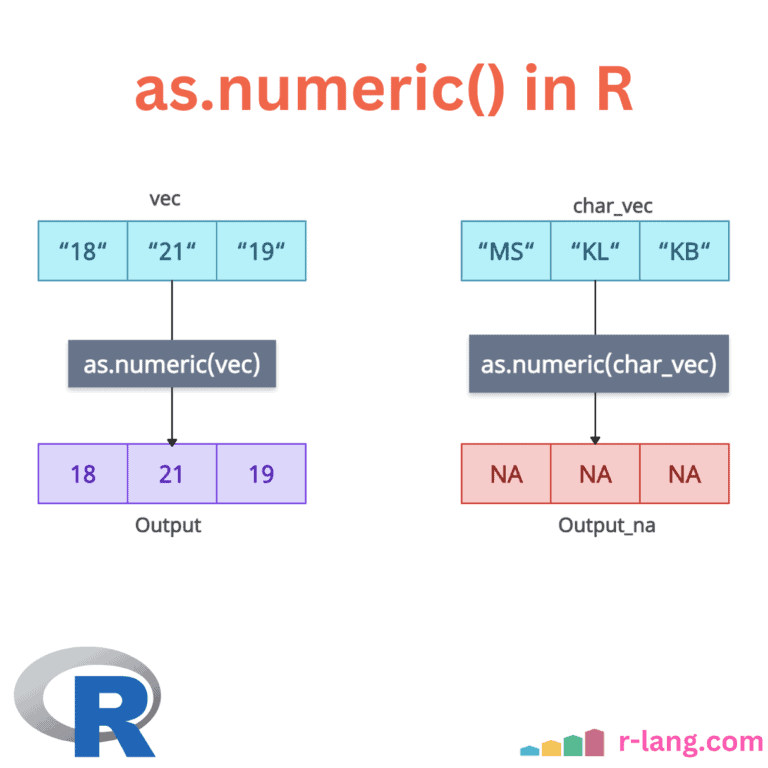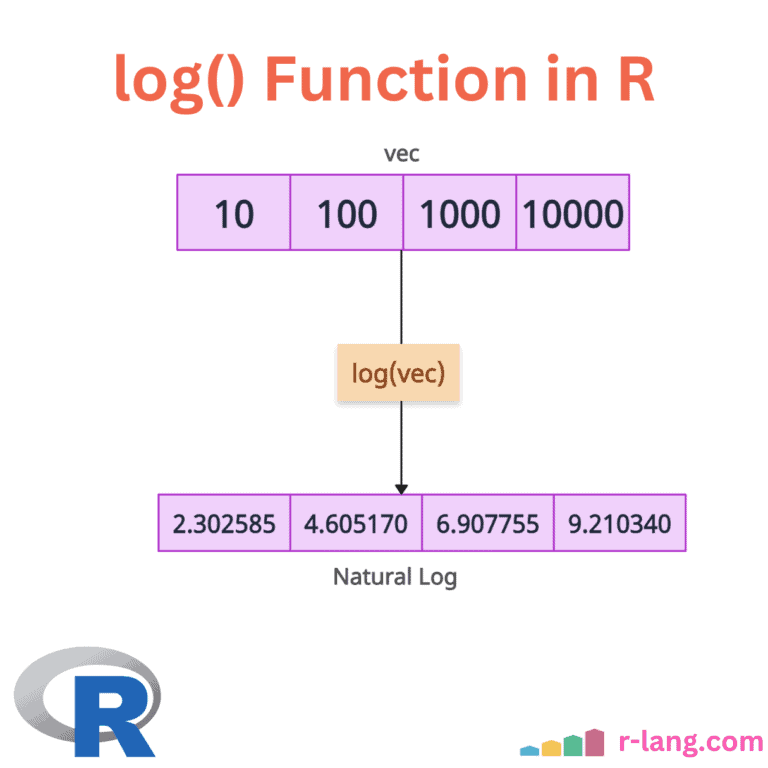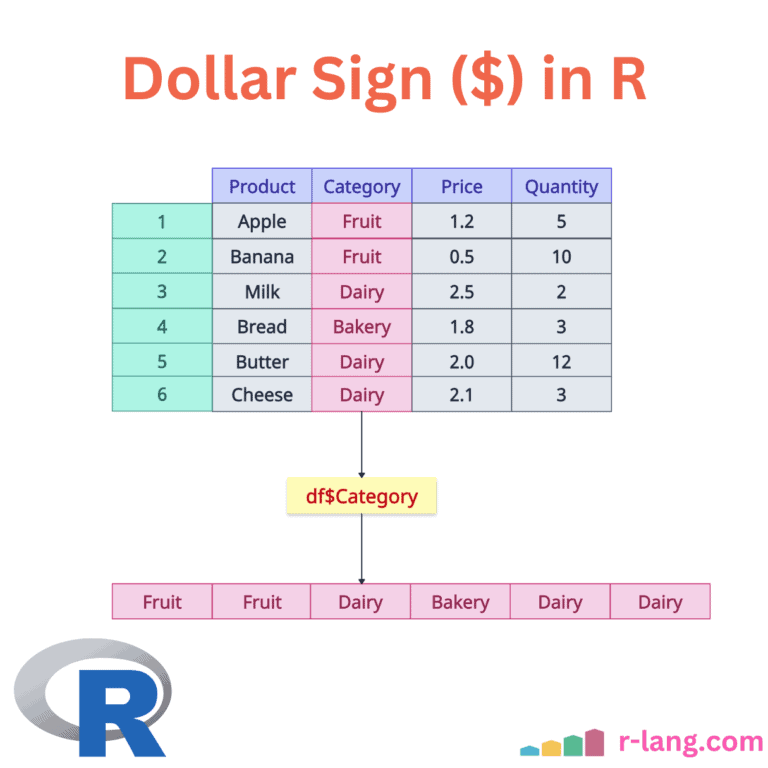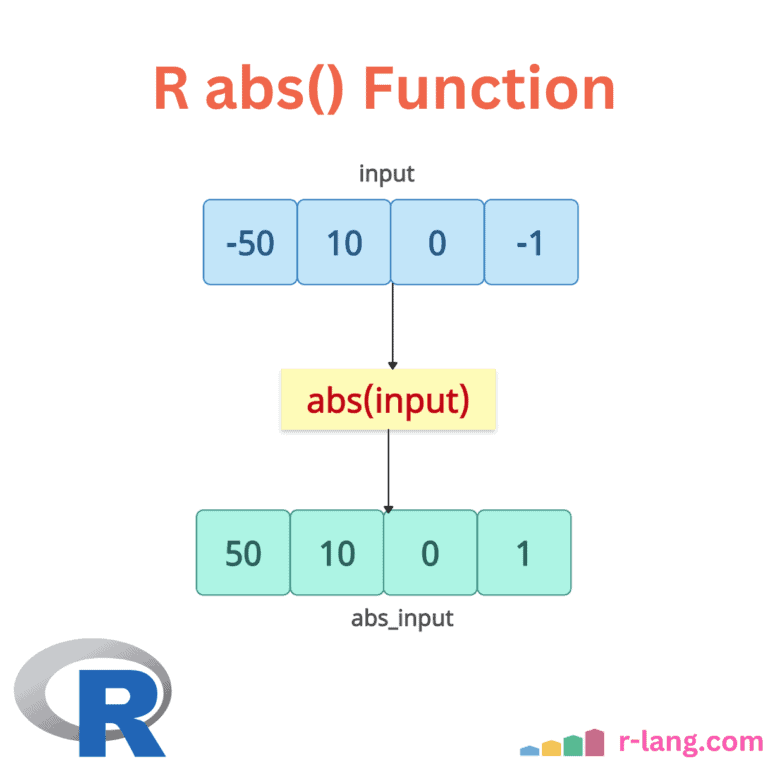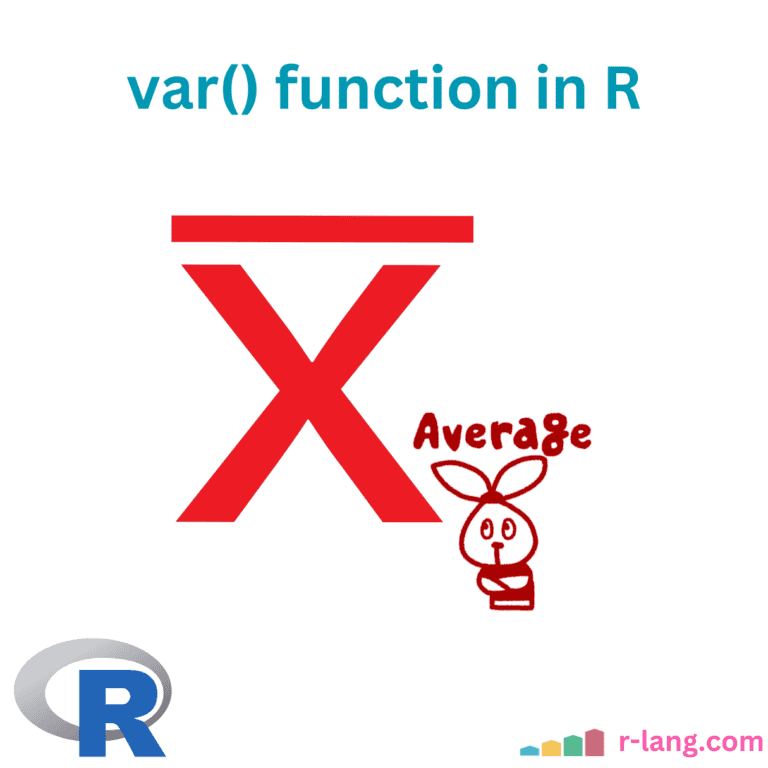Understanding of rnorm() Function in R
The rnorm() method in R generates random numbers from a normal (Gaussian) distribution, which is characterized by a bell-shaped curve defined by its mean and standard deviation, which are widely used in statistical simulations and data analysis. To understand in simple terms, let me take an example. Let’s say I want to select some candies. … Read more



